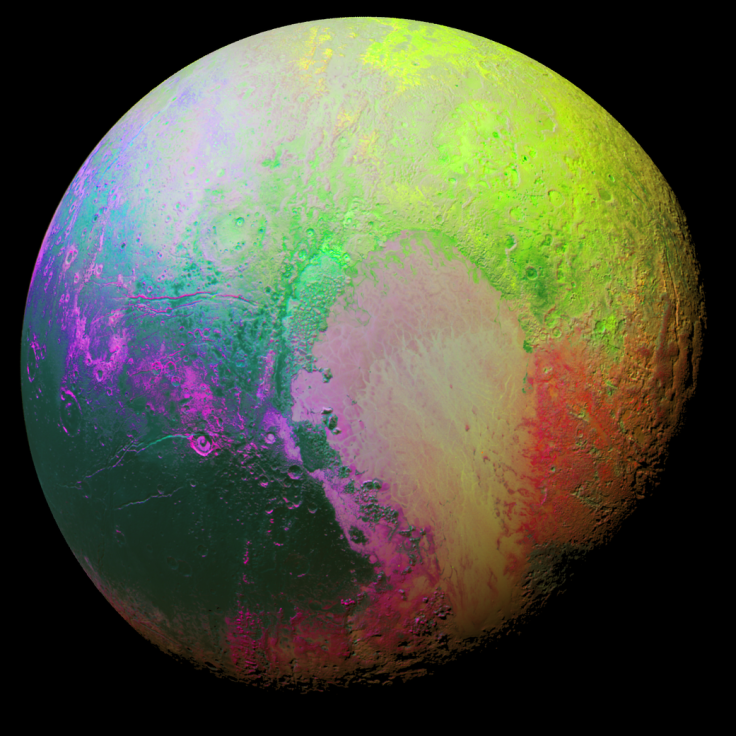Pluto is emitting strong X-rays and no one knows how or why
Scientists are reportedly stumped by Pluto's X-ray emissions, raising more questions about its atmosphere.

Strong X-ray emissions from Pluto have been detected by scientists. A survey conducted by the Chandra X-ray observatory revealed the emissions, puzzling scientists about the dwarf planet, whose designation was downgraded by the International Astronomical Union in 2006 after numerous Kuiper Belt Objects of similar size were discovered.
The new revelations come from scientists' ongoing analysis of data from Nasa's New Horizons (NH) probe, which conducted a historic flyby of Pluto in July 2015. Although scientists have previously found some solar bodies emitting X-rays, as a result of their interaction with solar winds, such emissions coming from Pluto, which is located so far away from the Sun, are highly unexpected.
X-ray emissions such as the one observed from Pluto have been previously found coming from Solar System planets like Venus and Mars, as well as smaller objects like comets. However, Pluto emitting X-rays has now raised more questions about its atmosphere and its interaction with solar winds.
NH's 2015 flyby revealed that Pluto's atmosphere experiences changes in density and size as the season changes. Astronomers realised that Pluto's atmosphere thickens when it is at perihelion, during summer, when it is at a distance of 4,436,820,000 km (2,756,912,133 miles) from the Sun.
Pluto was still experiencing summer when NH made its flyby. The spacecraft detected Pluto's atmosphere was composed majorly of nitrogen gas (N²), methane (CH4) and carbon dioxide (CO²). Before NH's flyby, Pluto's atmosphere was considered to be fairly extended. However, after discovering that it was less extended than previously thought, astronomers planned to look for X-ray emissions. However, the X-rays emitted were found to be much greater than expected.
Researchers said there is currently "no obvious (i e, known from observations of other solar system X-ray sources) mechanism for producing the measured X-rays detected from the vicinity of Pluto by Chandra".
The true cause of Pluto's X-ray emissions is likely to remain a mystery for the time being. However, as data from the NH mission is likely to be scoured in the coming decades, it is likely that new and more interesting information about Pluto will be uncovered.
The new study was conducted by astronomers from the Johns Hopkins University Applied Physics Laboratory (JHUAPL), the Harvard-Smithsonian Center for Astrophysics, the Southwest Research Institute (SwI), the Vikram Sarabhai Space Center (VSCC), and Nasa's Jet Propulsion Laboratory and Ames Research Center. The research has been published in Icarus.
© Copyright IBTimes 2025. All rights reserved.






















